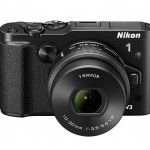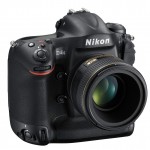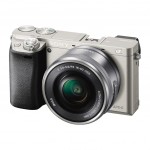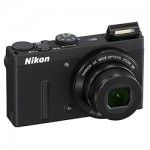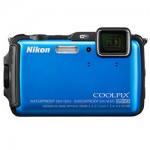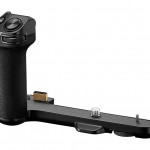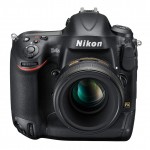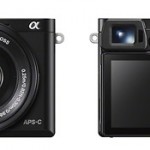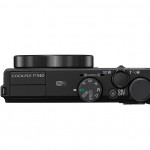Specifically for High ISO, Low-light, Over cropped.
I am trying to figure out the best PP flow to reduce noise in a photo where shooting conditions are not perfect.
I currently have the Standard version of Noiseware and use it on jpegs. I was thinking
it might be better to mitigate some/most of the noise when PP the RAW file since the noise is usually intensified during the RAW to jpeg conversion.
What are your PP steps to mitigate noise?
Thank you in advance for your time and expertise.




 LinkBack URL
LinkBack URL About LinkBacks
About LinkBacks
 Reply With Quote
Reply With Quote
 !
!

